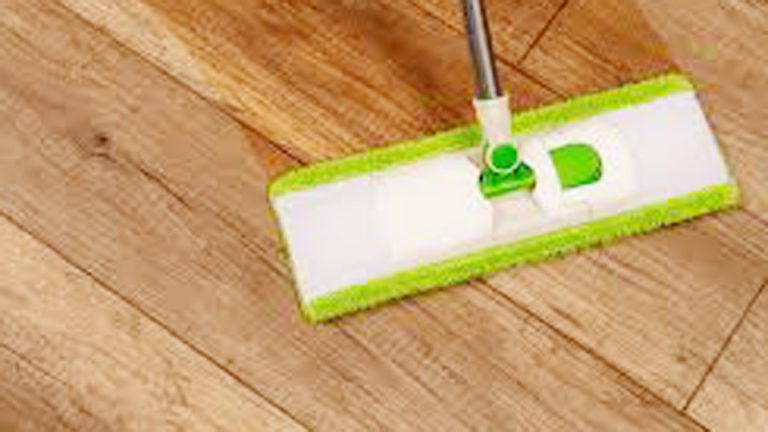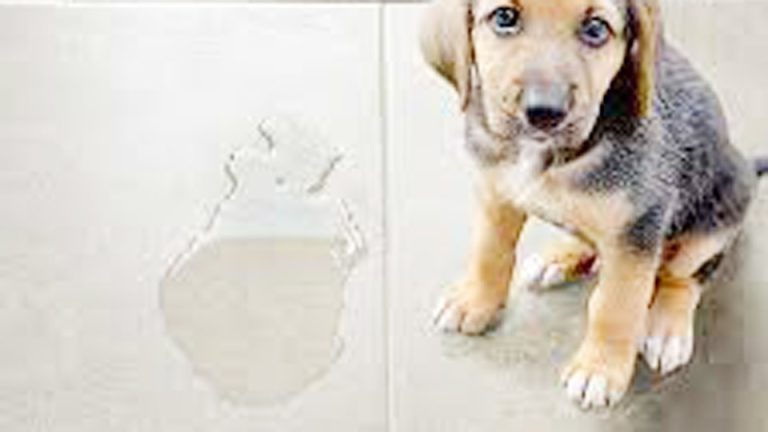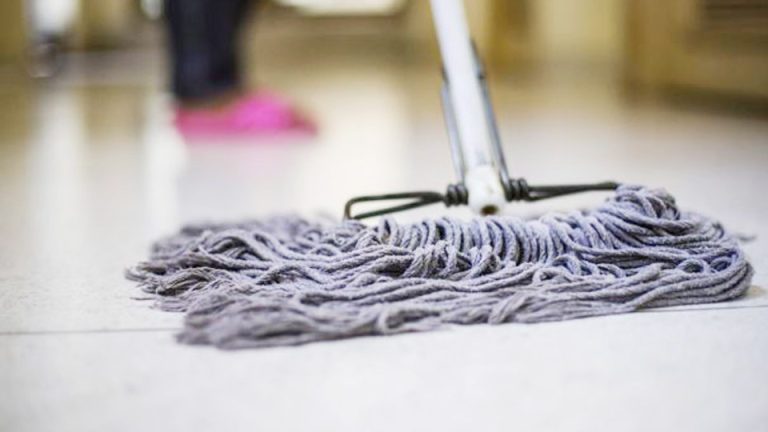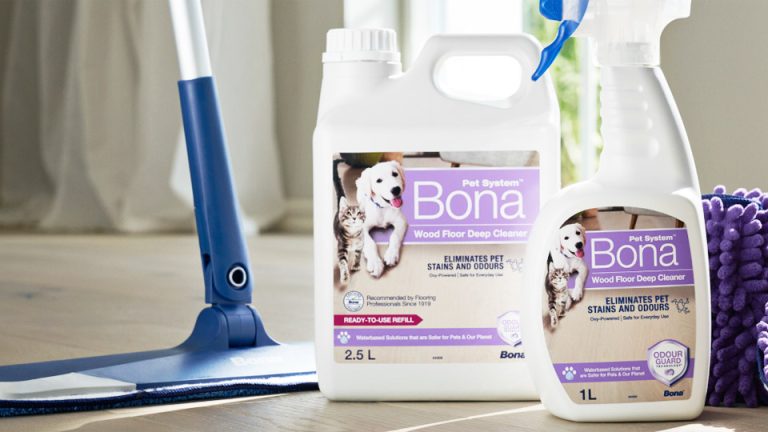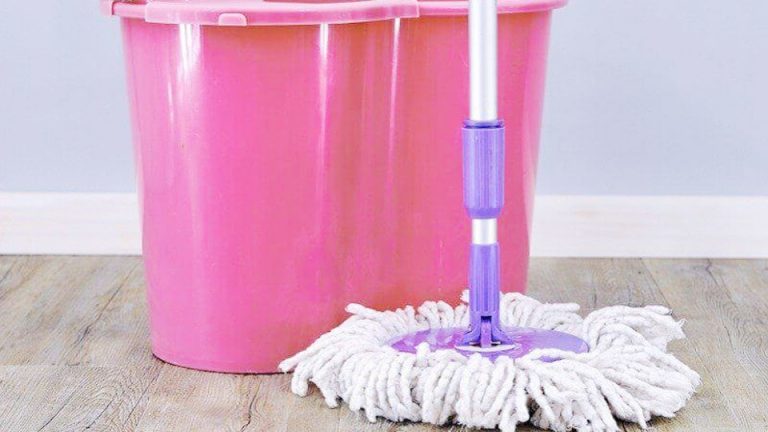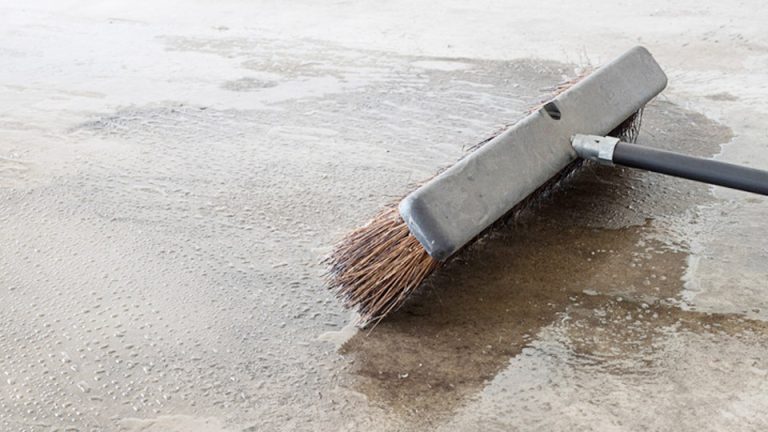A few months ago, I walked into my living room, looked down, and realized my laminate floors had lost their spark. They used to have a nice, clean shine—but now they looked tired, dull, and lifeless, no matter how much I cleaned them. I tried all the usual floor cleaners, but nothing brought back that fresh, polished look.
I started digging deeper, experimenting with different techniques and products—and after some trial and error (and nearly giving up!), I finally figured out how to restore the shine without damaging the floor. If you’ve been staring at your dull laminate wondering where the glow went, I get it—I’ve been there.

Image by bondcleaninginsunshinecoast
I’ll share exactly what worked for me, step by step. You can bring that shine back, and you don’t need fancy equipment or expensive treatments to do it—just a little know-how and the right approach.
Why Laminate Floors Lose Their Shine
I first noticed my laminate floors looking dull after a chaotic holiday season filled with cooking, guests, and constant foot traffic. Laminate floors can lose their luster due to dirt buildup, improper cleaning methods, or residue from harsh cleaners. Dust and grit act like sandpaper, scratching the surface, while too much water or soap can leave a cloudy film.
I learned this the hard way when I used a sopping wet mop and ended up with streaks everywhere. The good news? With the right approach, you can restore that shine using safe, budget-friendly ingredients like vinegar and dish soap.
Understanding Laminate Floors
Before we start, let’s talk about laminate floors. I’ve cleaned laminate in my kitchen, living room, and hallways, and they’re unique because they’re made of layered materials with a protective top coat.
This makes them durable but sensitive to excess moisture and abrasive cleaners. I once used a too-strong cleaner on my dining room laminate and noticed a cloudy patch—never again!
Over-wetting can seep into seams, causing warping, while harsh chemicals can dull the finish. Always check your floor’s care instructions or test a small, hidden area first, like under a couch. Knowing your floor’s needs is key to restoring its shine safely.
Gathering Your Cleaning Supplies
To restore shine to dull laminate floors, you’ll need a few simple tools. I keep these in a cleaning caddy for quick access when my floors need a refresh. Here’s what I use:
- White vinegar: Cuts through grime and residue for a streak-free shine.
- Liquid dish soap: Lifts grease and enhances cleaning power.
- Warm water: Helps dissolve dirt without damaging laminate.
- Essential oils (optional): Lemon or lavender for a fresh scent.
- Spray bottle: For applying cleaner evenly.
- Microfiber mop or cloth: Prevents streaks and lint.
- Bucket: For mixing larger batches.
- Dry microfiber towel: To buff floors and restore shine.
- Soft sponge or old toothbrush: For spot-cleaning stubborn stains.
- Fan (optional): To speed up drying and prevent moisture issues.
These items are affordable and likely already in your home, making this a budget-friendly solution.
Step-by-Step Guide to Restoring Shine to Dull Laminate Floors
When your laminate floors look hazy or dull, a thorough cleaning can work wonders. I used this method after my living room floor lost its shine during a rainy week of muddy paw prints. Here’s how to do it:
Sweep or Vacuum Thoroughly
Start by sweeping or vacuuming to remove loose dirt, dust, and pet hair. I use a vacuum with a hard-floor setting to get into corners and edges where grime hides. This step is crucial to avoid scratching the surface while mopping. I once skipped vacuuming and ended up grinding dirt into my laminate—not a good look!
Mix a Shine-Restoring Cleaner
In a bucket, mix ¼ cup white vinegar, 1 teaspoon liquid dish soap, and 1 gallon of warm water. The vinegar cuts through residue, while the dish soap tackles grease. I add 5-10 drops of lemon essential oil for a fresh scent that makes my home feel inviting.
Stir gently to combine. For small areas, use a spray bottle with 2 tablespoons vinegar, 1 drop dish soap, and 2 cups water.
Mop Lightly
Dip a microfiber mop into the solution and wring it out thoroughly—laminate floors hate excess water. Mop in the direction of the floor’s grain to avoid streaks. I work in small sections, about 3×3 feet, to ensure even cleaning.
For dull areas, I mop twice, rinsing the mop between passes to avoid spreading grime. Dry each section with a microfiber towel to prevent watermarks or seepage into seams.
Buff for Extra Shine
After mopping, I buff the floor with a dry microfiber cloth to restore its glow. I move in circular motions, focusing on hazy areas. This step made my kitchen floor look showroom-ready after a deep clean. If you have a large area, a microfiber mop head works well for buffing.
Check for Lingering Dullness
If some areas still look dull, I spritz the cleaner directly onto the spot, let it sit for a minute, then wipe with a microfiber cloth and buff dry. This usually does the trick for stubborn haze.
Tackling Stubborn Stains and Buildup
For caked-on stains or heavy residue, I use a targeted approach. I once found a dried syrup spill under my dining table that dulled the laminate—here’s how I handled it:
Make a Vinegar Paste
In a small bowl, mix 2 tablespoons baking soda with 1 tablespoon white vinegar and 1-2 teaspoons water to form a thick paste. The fizzing action helps lift tough stains. I adjust the water for a spreadable consistency.
Apply and Scrub Gently
Apply the paste to the stain with a soft sponge or cloth. I gently rub in circular motions, then let it sit for 5 minutes. This paste saved my floor from a greasy pizza stain that had set in. Wipe clean with a damp microfiber cloth, rinse with plain water, and dry thoroughly with a microfiber towel to prevent moisture damage.
Tips for Success
Use this paste sparingly, as baking soda is abrasive and can dull laminate if overused. I always rinse thoroughly and test a small area first to avoid scratching.
Deep Cleaning for Severely Dull Floors
If your laminate floors are very dull—like mine were after a renovation left them covered in dust and grime—a deep clean is needed. Here’s my process:
Vacuum Thoroughly
Vacuum the entire floor with a hard-floor setting to remove loose dirt and debris. I pay extra attention to corners and under furniture where dust collects.
Pre-Treat Hazy Areas
For heavily dulled spots, I spritz my vinegar cleaner (¼ cup vinegar, 1 teaspoon dish soap, 1 gallon water) and let it sit for 3-5 minutes to loosen residue. I gently scrub with a soft sponge, then wipe clean with a damp microfiber cloth.
Mop in Sections
Using the same vinegar cleaner, I mop in small sections with a well-wrung microfiber mop. I rinse the mop frequently to avoid spreading dirt.
For very dull floors, I mop twice, using fresh solution for the second pass. Dry each section with a microfiber towel or fan to prevent moisture buildup.
Buff for Maximum Shine
After drying, I buff the entire floor with a dry microfiber cloth or mop head. This step brings out the laminate’s natural shine and makes it look polished.
Comparing Shine-Restoring Cleaners for Laminate Floors
I’ve tried various homemade cleaners to restore shine, and vinegar-based ones are my favorite. Here’s a table comparing my top picks:
| Cleaner | Ingredients | Pros | Cons | Best For |
|---|---|---|---|---|
| Shine-Restoring Cleaner | Vinegar, dish soap, water, essential oil | Cuts residue, restores shine, safe for regular use | Needs careful rinsing to avoid residue | Weekly cleaning, dull floors |
| Baking Soda Paste | Baking soda, vinegar, water | Lifts tough stains, removes heavy residue | Abrasive, not for frequent use, needs rinsing | Stubborn stains, spot cleaning |
| Dish Soap Cleaner | Dish soap, water, essential oil | Gentle, good for light dullness | Less effective on heavy buildup | Maintenance cleaning |
| Water-Only Mopping | Warm water | Safest for laminate, no residue | Not effective for heavy dullness or stains | Light dust or dirt |
The shine-restoring cleaner is my go-to for most dull floors, while the baking soda paste is perfect for stubborn stains. The dish soap cleaner works for light maintenance.
Room-Specific Tips for Laminate Floors
Different rooms have unique needs. Here’s how I restore shine in my home:
Kitchen
Kitchens get greasy, so I use the shine-restoring cleaner weekly, focusing on areas near the stove. I dry thoroughly to prevent water damage and buff for extra shine.
Living Room
Living rooms collect dust and pet hair, so the shine-restoring cleaner works well for weekly maintenance. I vacuum first and buff afterward for a polished look.
Hallways
High-traffic hallways need frequent cleaning. I use the shine-restoring cleaner and mop lightly, drying immediately to avoid over-wetting.
Dining Room
Spills are common here, so I keep the baking soda paste handy for spot-cleaning. I use the shine-restoring cleaner for regular upkeep and buff for shine.
Preventing Dullness on Laminate Floors
Keeping laminate floors shiny is easier with some preventative habits. Here’s what I do:
Sweep or Vacuum Regularly
I sweep or vacuum weekly to remove dust and grit that can scratch laminate. A vacuum with a hard-floor setting is my go-to.
Use Mats in High-Traffic Areas
I place washable mats near entrances and sinks to catch dirt and spills. My kitchen mat has saved my floor from countless coffee drips.
Clean Spills Immediately
I tackle spills right away with a damp microfiber cloth and my shine-restoring cleaner to prevent staining or residue. It’s a lifesaver during busy days.
Protect with Furniture Pads
I use felt pads under furniture to prevent scratches. They’ve kept my dining room laminate pristine despite heavy chairs.
Extra Cleaning Hacks I Love
Here are some tricks I’ve picked up to make laminate floor cleaning easier:
- Soaked Cloth for Residue: For stubborn hazy spots, I soak a cloth in the shine-restoring cleaner, lay it on the area for 5 minutes, then wipe and buff.
- Microfiber Dusting: I use a dry microfiber mop weekly to grab dust before it dulls the floor, reducing the need for deep cleaning.
- DIY Shine Booster: Add a drop of olive oil to the shine-restoring cleaner for extra glow—just a tiny amount to avoid slipperiness.
You’re Ready to Make Your Floors Shine!
Learning how to restore shine to dull laminate floor has been a game-changer for my home, and I’m thrilled to share these methods with you. From my shine-restoring cleaner to my baking soda paste, these solutions have tackled every dull spot and stain, bringing my floors back to life.
With my step-by-step guide, you can revive your laminate floors with confidence and keep them gleaming, even during the busiest weeks. Your home deserves to sparkle, and you’ve got the tools and know-how to make it happen.
Frequently Asked Questions
Can I use apple cider vinegar instead of white vinegar to restore shine?
I stick to white vinegar because apple cider vinegar can leave a sticky residue and isn’t as effective. White vinegar ensures a streak-free shine.
Will vinegar damage my laminate floors?
When diluted properly, like in my recipes, vinegar is safe for laminate. I avoid over-wetting and dry thoroughly to prevent seepage or dulling.
How often should I clean to restore shine to dull floors?
I deep clean dull floors every 1-2 months with the shine-restoring cleaner. For maintenance, I mop weekly and buff for extra shine.
What if my floors still look dull after cleaning?
Dullness might mean residue buildup. I spritz the shine-restoring cleaner, let it sit, wipe with a damp cloth, and buff dry to restore the glow.
Are these cleaners safe for homes with pets or kids?
Yes, my cleaners are non-toxic and safe for pets and kids. I ensure the floor is dry before anyone walks on it to avoid tracking dirt.

